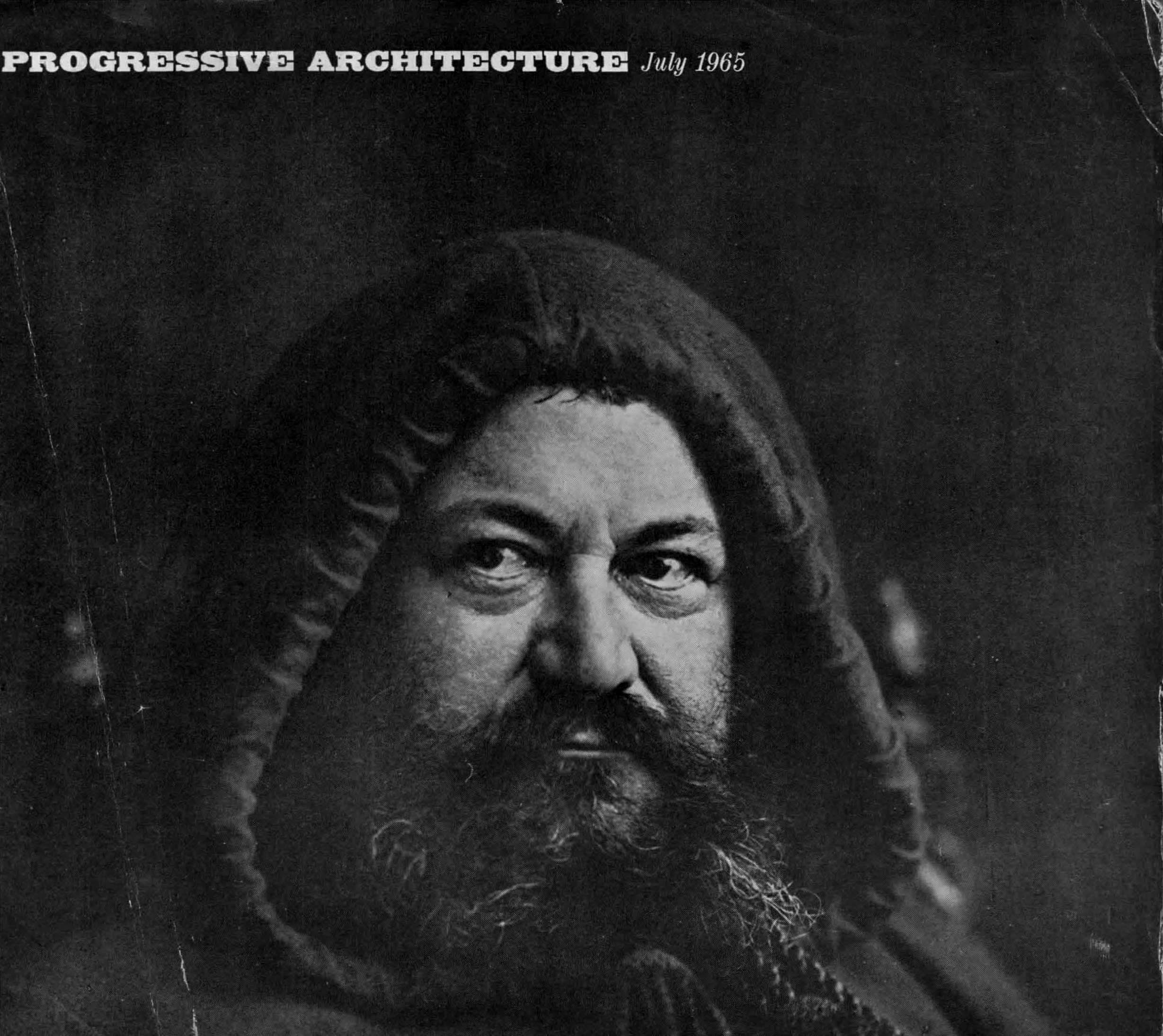OASE Journal 113: Authorships
Peer-Reviewed Article, 2023
In this article I argue that a once-prevalent collective ethos in architectural practice
reached its apotheosis during the 1950s. Transformations
that were nascent in the that decade spurred a retrenchment around the individual
author, at least among the small and midsize firms that still comprised the
bulk of the profession at the time. As early as 1960, simmering
anxieties about the aesthetic anonymity of modernism came to be linked with
concerns about social conformity, resulting in a desire for distinctive
authorial identities among architects, critics, and clients. When discussing
authorship today, we must take account of the ideological props that bolster this
still-pervasive myth of the individual author despite its increasing
disingenuousness: first, that authorship in the U.S. context served as a weapon
in Cold War debates concerning liberty and collectivity; and second, that it also
acts as (psychological) compensation for the alienating realities of architectural
employment.
Portrait of 19th Century US architect Henry Hobson Richardson featured on the July 1965 cover of Progressive Architecture, illustrating dramatic change within the image of architects from visionary individualist to “pseudo-corporation man” and back again, as explored by Jan C. Rowan in his editorial that month.
Portrait of 19th Century US architect Henry Hobson Richardson featured on the July 1965 cover of Progressive Architecture, illustrating dramatic change within the image of architects from visionary individualist to “pseudo-corporation man” and back again, as explored by Jan C. Rowan in his editorial that month.
